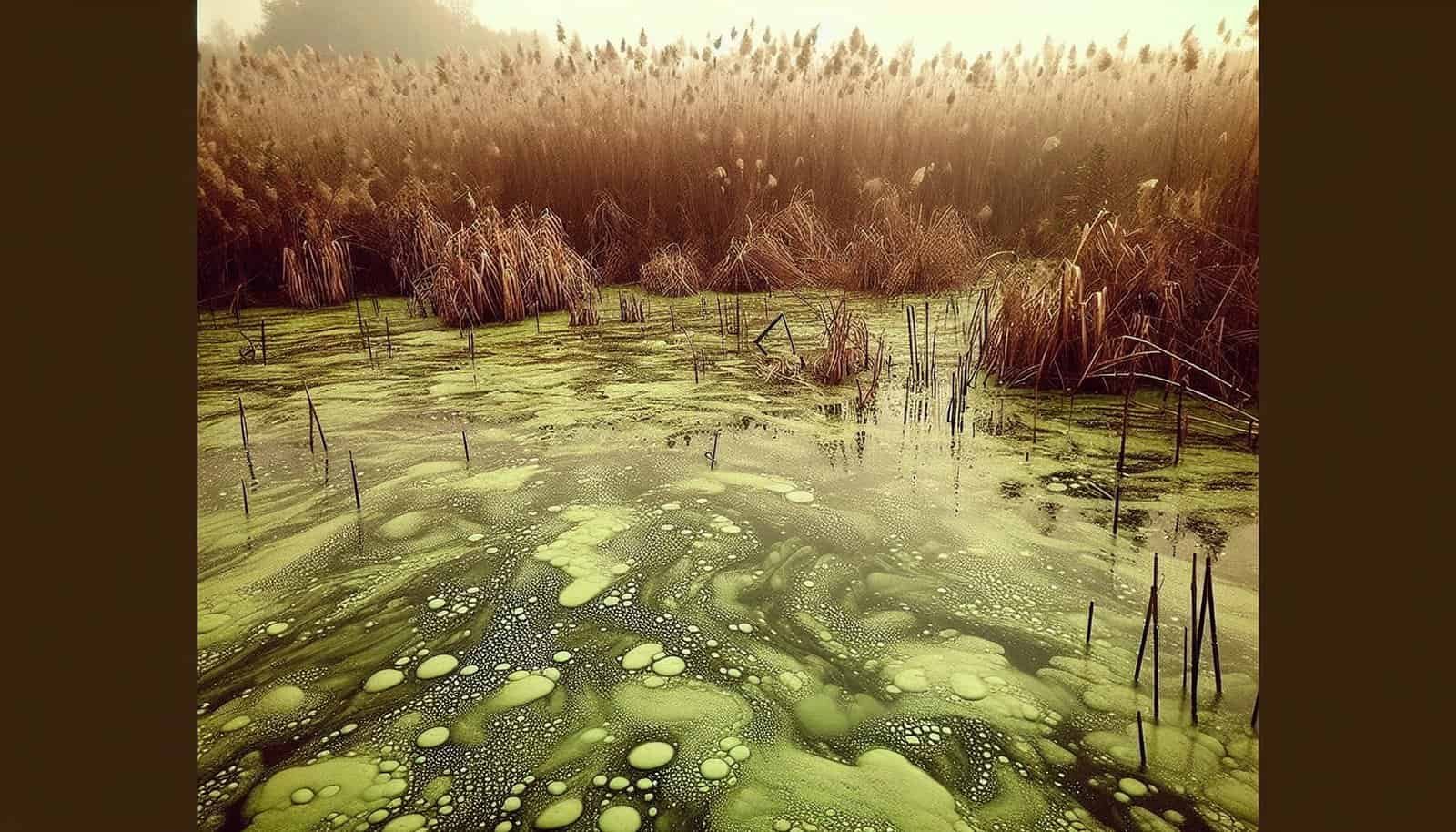Have you ever wondered about the potential risks lurking in stagnant water and how it might impact biological safety? Stagnant water is more than just an unsightly nuisance; it can be a breeding ground for numerous hazards that can affect everything from public health to environmental balance. Understanding these risks and incorporating prevention strategies can greatly enhance safety and wellbeing for both you and the larger community.

What is Stagnant Water?
Stagnant water refers to water that is not flowing or circulating, leading to potential issues over time. Whether it’s water collected in a pond, a clogged gutter, or an unused fountain, the lack of movement often results in conditions favorable for harmful organisms and pollutants to thrive.
Common Sources of Stagnant Water
You might find stagnant water in a variety of everyday places, both natural and man-made. Here’s where you might encounter it:
- Natural Sources: Ponds, marshes, and slow streams
- Urban Areas: Clogged drains, communal pools, neglected gardens
- Domestic Settings: Birdbaths, plant pots, gutters
While these sources can be innocuous at first glance, they can harbor a range of dangers.
Dangers of Stagnant Water
Stagnant water becomes a problem when it begins to facilitate biological and chemical processes that can jeopardize health and safety. Understanding these dangers is critical to address and mitigate them effectively.
Pathogen Incubation
Stagnant water provides ideal conditions for pathogens to flourish. Bacteria, viruses, and parasites find it easy to multiply in still water, given the right temperatures and nutrient availability.
- Bacteria: Legionella, E. coli
- Viruses: Hepatitis A
- Parasites: Amoeba
These can lead to various diseases, ranging from mild discomfort to severe health issues.
Vector Breeding Ground
One of the most evident problems with stagnant water is that it serves as a breeding ground for vectors, particularly mosquitoes. Mosquitoes that breed in stagnant water can carry a multitude of diseases:
| Disease | Transmission Vector | Primary Affected Area |
|---|---|---|
| Malaria | Anopheles mosquito | Tropical regions |
| Dengue Fever | Aedes mosquito | Worldwide |
| West Nile Virus | Culex mosquito | North America |
These diseases can have significant implications for public health, requiring extensive community-level control measures.
Chemical Contamination
When pollutants or debris accumulate in stagnant water, they can result in harmful chemical reactions. Fertilizers and other agricultural run-offs can lead to eutrophication—a process that depletes oxygen in the water and harms aquatic life.
- Heavy Metals: Lead, Mercury
- Nutrients: Nitrogen, Phosphorus
These can accumulate and pose risks not only to aquatic organisms but also to human users if the water is consumed or used for irrigation.

Impact on Biological Safety
The biological safety concerns associated with stagnant water are far-reaching, affecting not only individuals but also larger ecosystems.
Human Health Risks
Stagnant water carries pathogens and chemicals that can pose multiple health risks.
- Respiratory Problems: Inhalation of vapor or mist from contaminated stagnant water can lead to respiratory issues.
- Skin Infections: Direct contact with contaminated water can result in skin conditions.
- Gastrointestinal Issues: Consumption or accidental ingestion can cause stomach illnesses.
Ecosystem Disruption
Beyond human health, stagnant water affects biodiversity and ecological balance.
- Loss of Biodiversity: Oxygen-depleted waters can lead to fish kills and loss of aquatic flora and fauna.
- Algal Blooms: Overgrowth of algae can block sunlight and disrupt aquatic ecosystems.
By impacting these ecological elements, stagnant water can have a cascading effect on food chains and environmental stability.
Economic Consequences
Addressing the issues arising from stagnant water can be a financial burden on communities and institutions.
- Healthcare Costs: Treating illnesses linked to stagnant water.
- Control Measures: Implementing vector control systems.
- Infrastructure Damage: Costs associated with repairing water management systems.
These economic impacts underscore the importance of proactive management to prevent stagnant water occurrences.

Prevention Strategies
The key to mitigating the impacts of stagnant water is investing in prevention and management strategies, which not only curtail health risks but also come with economic benefits.
Home Maintenance
Simple maintenance can prevent water from stagnating around your home.
- Flush your drains regularly to prevent blockages.
- Clean gutters to avoid water accumulation, especially post-rainfall.
- Regularly clean birdbaths and plant pots where water might collect.
Community-Level Interventions
Often, a collaborative approach is needed to manage stagnant water effectively.
- Waste Management: Proper disposal systems reduce litter and waste that can contribute to stagnant water.
- Public Health Campaigns: Educate people on the risks associated with stagnant water and how to prevent it.
Infrastructure Investment
Investing in infrastructure helps manage water circulation and distribution.
- Stormwater Management Systems: Designed to redirect and manage runoff.
- Pond Aerators: These can keep water in motion, reducing stagnation.
Such interventions can minimize the occurrence of stagnant water and the risks it poses.

Conclusion
While stagnant water is often overlooked, understanding its impacts on biological safety is vital. From the proliferation of pathogens to vector breeding and ecological disruptions, stagnant water poses a variety of serious risks. Fortunately, with careful attention and management, many of these dangers can be mitigated, enhancing safety and preserving health for everyone involved. It’s worthwhile to take action now, ensuring healthy environments and communities in the future. So, next time you see a pool of still water, remember the importance of addressing it promptly and effectively.

